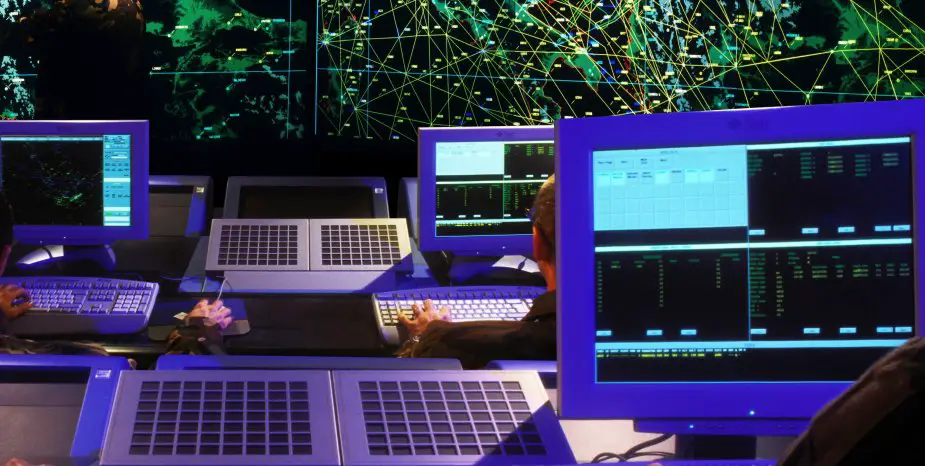Breaking news
European Defense Agency: cyber defence R and T working group boosts innovation.
End of October, EDA’s Cyber Defence Research and Technology (R&T) Ad Hoc Working Group (AHWG) organised its 10th meeting in Madrid, combined with a research workshop on cyber defence technologies innovation management.

The aim of the Cyber R&T AHWG was to analyse emerging new cyber defence technologies (Picture source: EDA)
The aim of the Cyber R&T AHWG was to analyse emerging new cyber defence technologies with a two-fold objective: firstly to get feedback from participants as regards the development of future technology roadmaps; and secondly to review the updated Cyber Strategic Research Agenda (SRA) and ensure it is complete.
The EDA Cyber R&T AHWG is composed of cyber defence research experts and cyber specialists coming from participating Member States, industry and academia. Their task is to develop and update the cyber defence SRA within EDA’s Overarching Strategic Research Agenda (OSRA) framework. Since its establishment in 2016, the Cyber R&T AHWG has promoted EU collaborative research projects on cyber defence including work on emerging technologies with cyber implications. During its mandate, the working group has provided expertise for two ongoing EDA Cat B projects notably on “Cyber Situation Awareness Packages” and on “Enhanced Malware detection”. The Cyber Technology Landscaping Study - commissioned by EDA in 2018 and awarded to ISDEFE, AIT and CEIS – analyses the implementation aspects of the SRA and provides additional inputs which complement the findings on the state-of-the-art technology and related cyber threats.
At the second workshop devoted to innovation, which is part of the OSRA value chain and toolbox, participants discussed cross-cutting cyber defence aspects related to land, maritime, air and space domains as well as modelling and simulation in order to develop new ideas that have the potential to increase cyber defence effectiveness and efficiency. One of the objectives here was to identify potential new projects to be launched in a longer capability perspective, up to 2028.
Both events took place in Madrid at INDRA and ISDEFE premises respectively.
Background
In November 2018, the European Council adopted an updated version of the EU cyber defence policy framework (CDPF) which calls for considering cyber defence issues in the calls of the Preparatory Action on Defence Research and in the topics called for in the European Defence Fund.
Cyber R&T’s primary focus is to reduce risks when addressing future military capabilities. Researchers in this field are encouraged to explore new avenues because of its novelty and the likelihood of getting quick applications. The military is taking steps towards a better understanding of the implication of recognising cyberspace as an operational domain. Therefore, mature solutions shall always count on well-structured research, development and testing prior to fielding.
Cyber R&T is one important work strand of the Capability Development Priority “Enabling capabilities for cyber responsive operations”. The OSRA - which provides a necessary link between R&T efforts and the military tasks and long-term capability needs of the Capability Development Plan (CDP) - identified a number of Research and Technology areas, the so-called Technology Building Blocks (TBBs), in which a cooperative approach at the European level would bring an added-value to support the development of defence capabilities. The Strategic Research Agenda (SRA) on Cyber Defence developed within the relevant EDA Ad Hoc Working Group in compliance with OSRA requirements provides informed prioritisation on cyber-related technologies necessary for the military, while at the same time identifying opportunities for dual-use efforts and investments - be it in national, multinational or EU-funded contexts.

























